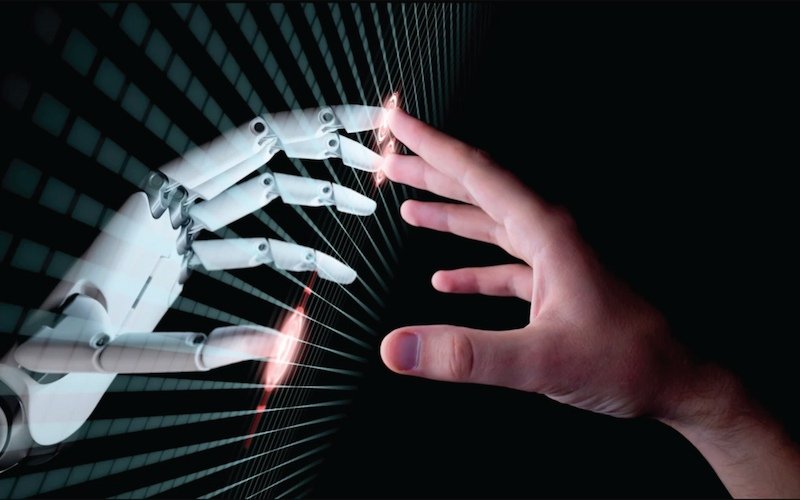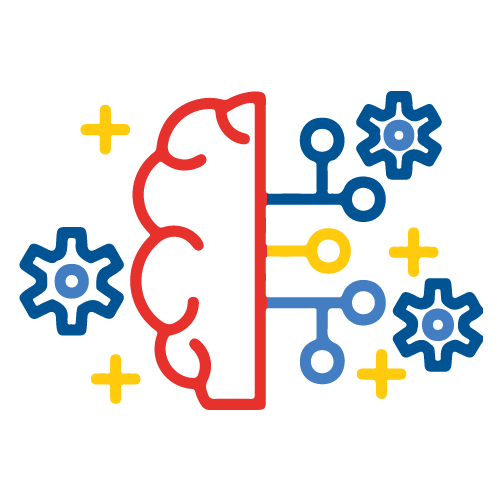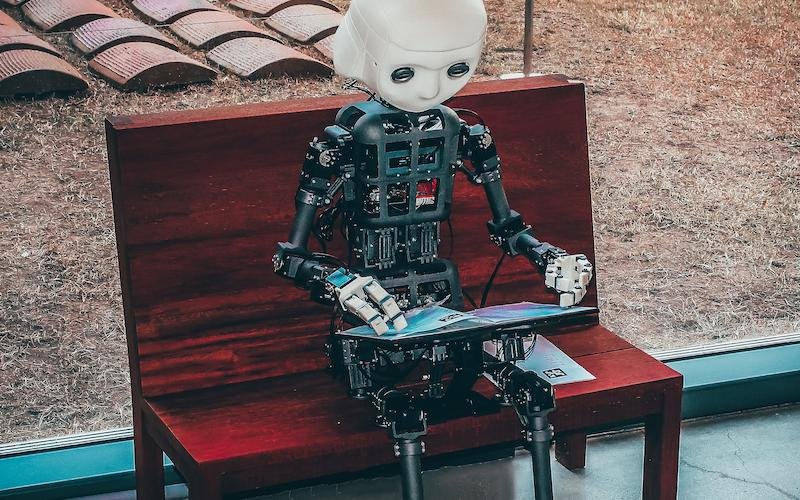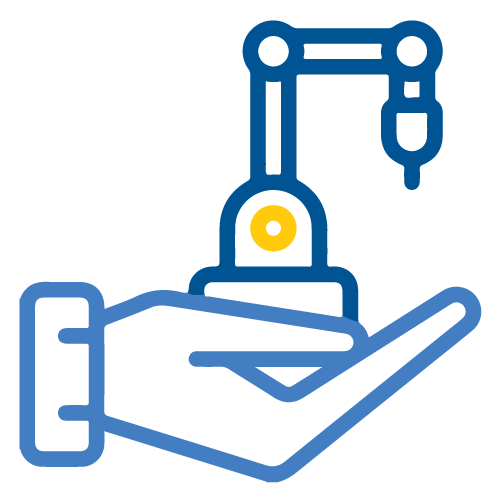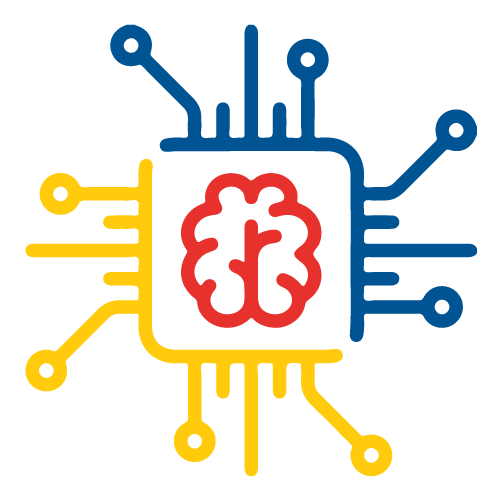
Is AI Replacing Developers?
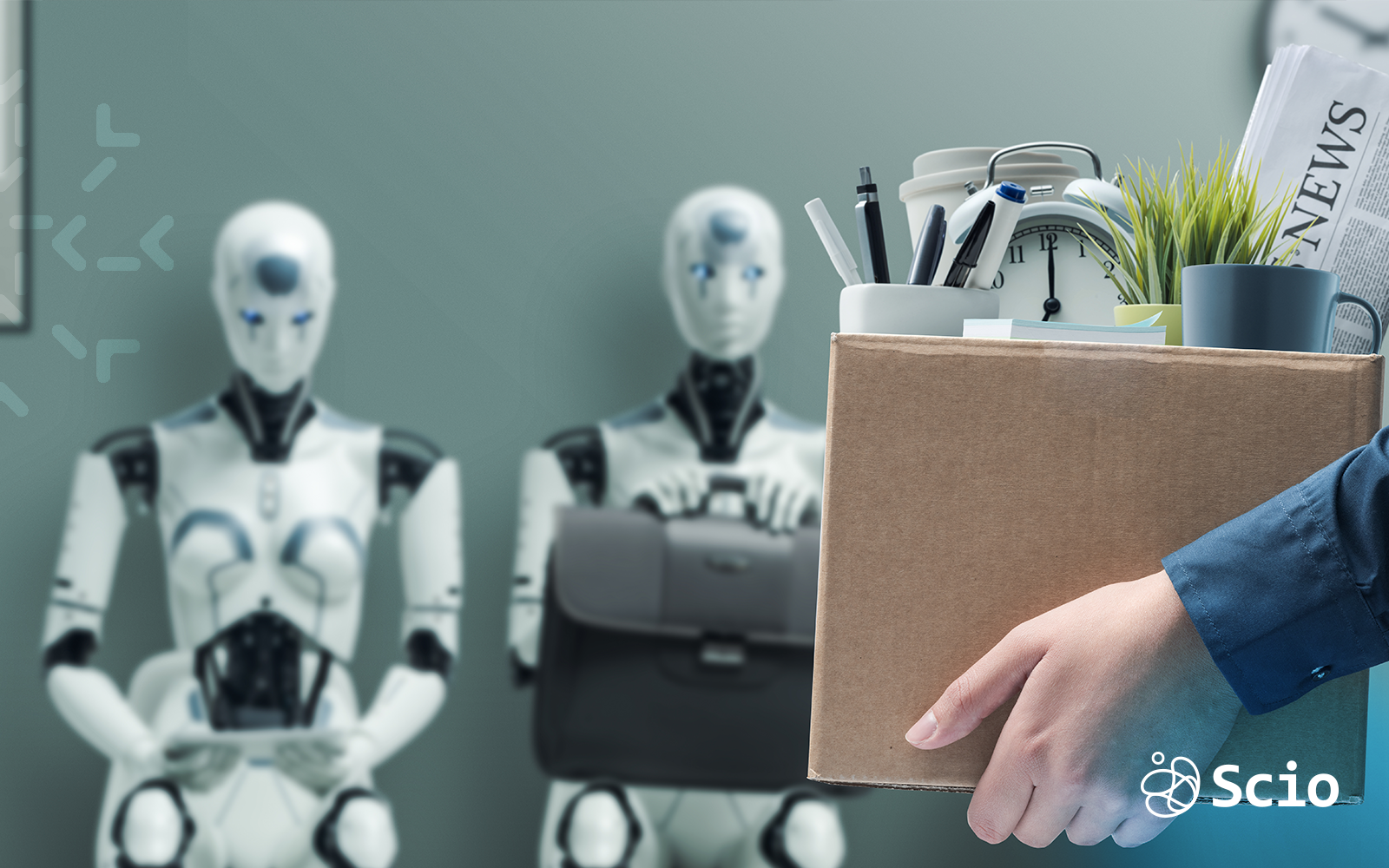
Artificial Intelligence (AI) is transforming industries across the board, and the tech industry is no exception. The question on many minds is: will AI replace software developers? While the answer is complex, it’s important to understand the potential impact AI can have on productivity and the future of software development.
The Impact of AI on Productivity in Software Development
AI has the potential to significantly enhance productivity in software development. By automating repetitive tasks, AI allows developers to focus on more complex and creative aspects of their work. Tasks such as code generation, bug fixing, and even some aspects of software design can be streamlined with AI, leading to faster development cycles and higher-quality outputs.

How AI Will Transform Software Development
AI will not replace software developers; instead, it will transform their roles. Here are some key areas where AI is making an impact:
- Automated Code Generation: AI tools can generate boilerplate code, reducing the time developers spend on routine coding tasks.
- Intelligent Debugging: AI can identify and fix bugs more efficiently, improving code quality and reducing the time spent on manual debugging.
- Enhanced Testing: AI-driven testing tools can run extensive test cases, identify edge cases, and ensure robust software performance.
- Project Management: AI can assist in project management by predicting timelines, identifying potential bottlenecks, and optimizing resource allocation.
- Learning and Adaptation: AI systems can learn from past projects, continuously improving their performance and providing developers with valuable insights.
The Evolution of Developer Roles
The automation of manufacturing processes in the past provides a valuable reflection on what we might expect in software development. Just as automation in manufacturing led to the evolution of certain roles, AI in software development will likely evolve the roles of developers.
Senior developers and specialists are more likely to be affected by AI advancements than junior developers. While junior developers will continue to perform essential tasks, senior developers will need to adapt to new roles that leverage AI tools to enhance productivity and drive innovation.
Addressing Challenges and Ethical Considerations
At Scio, we are aware of the challenges and ethical considerations that come with integrating AI into software development.
Challenges:
- Data Privacy: Ensuring that AI systems handle data responsibly and comply with privacy regulations.
- Bias mitigation: in AI algorithms to ensure fair and equitable outcomes.
- Job Displacement: Addressing the potential displacement of jobs and providing opportunities for upskilling and reskilling.
Ethical Considerations:
- Transparency: Maintaining transparency in how AI systems make decisions and handle data.
- Accountability: Ensuring that there is accountability for AI-driven decisions and their impacts.
- Bias and Fairness: Actively working to reduce biases in AI systems and promoting fairness.

Embracing AI as a Tool
At Scio, we are starting to use like ChatGPT as part of our programming and languages toolkit. By leveraging AI for clear prompts, token management, and feedback loops, we enhance our development processes and ensure that our teams remain at the forefront of technological advancements.
AI is not here to replace software developers but to empower them. By embracing AI, developers can enhance their productivity, focus on more meaningful tasks, and drive the future of software development. At Scio, we are committed to navigating the challenges and ethical considerations of AI integration while leveraging its potential to benefit our clients and teams.





